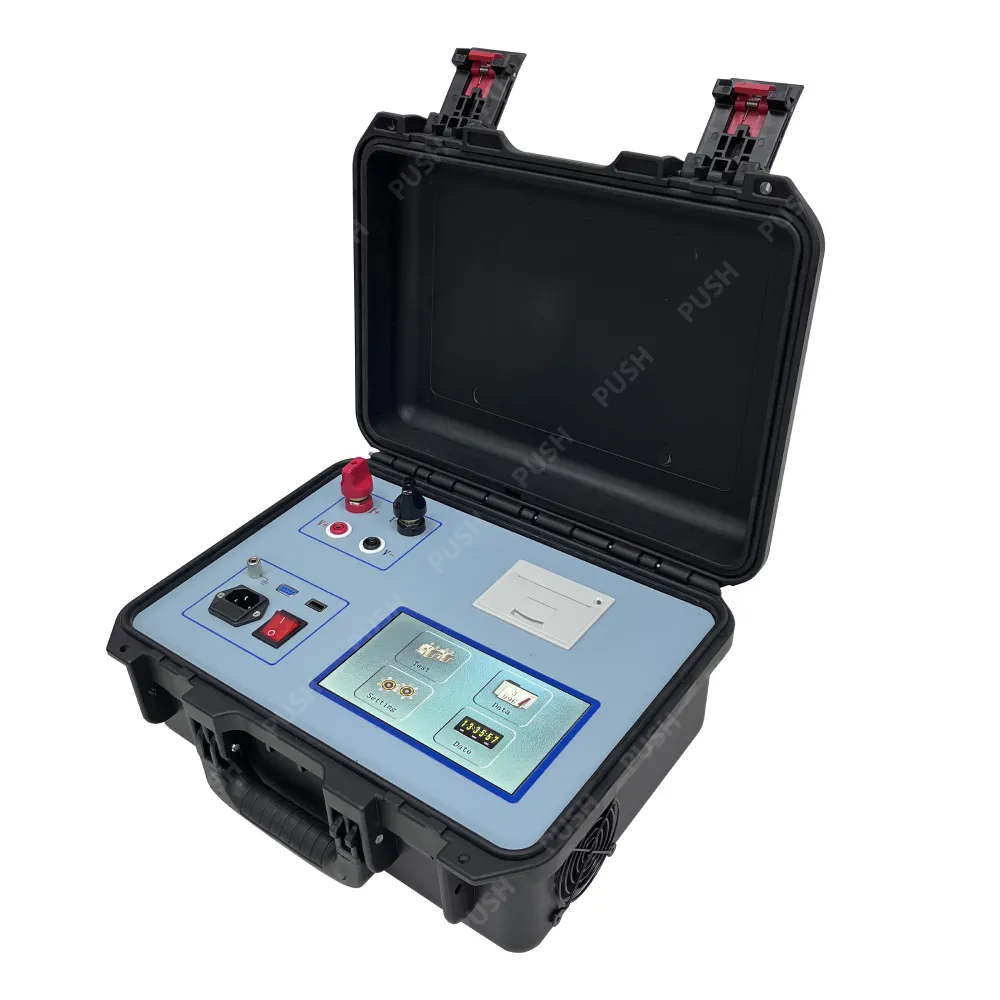 English
English


Gravimetric Analysis of Oil and Grease Concentration in Water Samples
Determination of Oil and Grease in Water by Gravimetric Method
Oil and grease pollutants in water are significant environmental concerns, primarily due to their detrimental effects on aquatic ecosystems and human health. The determination of these substances is crucial for monitoring water quality and ensuring compliance with environmental regulations. One effective technique for quantifying oil and grease in water is the gravimetric method, which provides accurate and reliable results.
The gravimetric method involves several key steps, beginning with sample collection and preparation. Water samples suspected of containing oil and grease are collected in clean, dry containers to avoid contamination. After collection, the samples may need to be filtered to remove sediments that could interfere with the analysis.
Once prepared, a specific volume of the water sample is measured and placed in a separatory funnel, where it is acidified to help separate the oil and grease from the aqueous phase. Typically, sulfuric acid is used for this purpose. After ensuring complete separation, the organic phase, which contains the oil and grease, is carefully collected.
determination of oil and grease in water by gravimetric method

The next step in the gravimetric method involves the evaporation of the organic solvent used to extract the oil and grease. This is typically achieved using a rotary evaporator or a similar apparatus. During this process, care must be taken to avoid overheating, as high temperatures may lead to the degradation of some compounds. Upon complete evaporation of the solvent, a residue consisting of oil and grease is left behind.
To determine the weight of the oil and grease, the residue is allowed to cool and is subsequently weighed using a precise balance. The weight difference before and after evaporation provides a direct measure of the amount of oil and grease present in the original water sample. This value is then converted into concentration, usually expressed in milligrams per liter (mg/L), allowing for easy comparison against regulatory standards.
In conclusion, the gravimetric method for the determination of oil and grease in water is a straightforward yet effective approach. Its reliance on direct measurement provides a clear quantification of pollutants, aiding in environmental assessments and regulatory compliance. Despite advancements in analytical techniques, gravimetric methods remain a vital tool for assessing water quality, ensuring the protection of vital aquatic ecosystems and public health. As global awareness of environmental issues increases, such methodologies will continue to play an essential role in environmental monitoring and management.
-
Differences between open cup flash point tester and closed cup flash point testerNewsOct.31,2024
-
The Reliable Load Tap ChangerNewsOct.23,2024
-
The Essential Guide to Hipot TestersNewsOct.23,2024
-
The Digital Insulation TesterNewsOct.23,2024
-
The Best Earth Loop Impedance Tester for SaleNewsOct.23,2024
-
Tan Delta Tester--The Essential Tool for Electrical Insulation TestingNewsOct.23,2024





